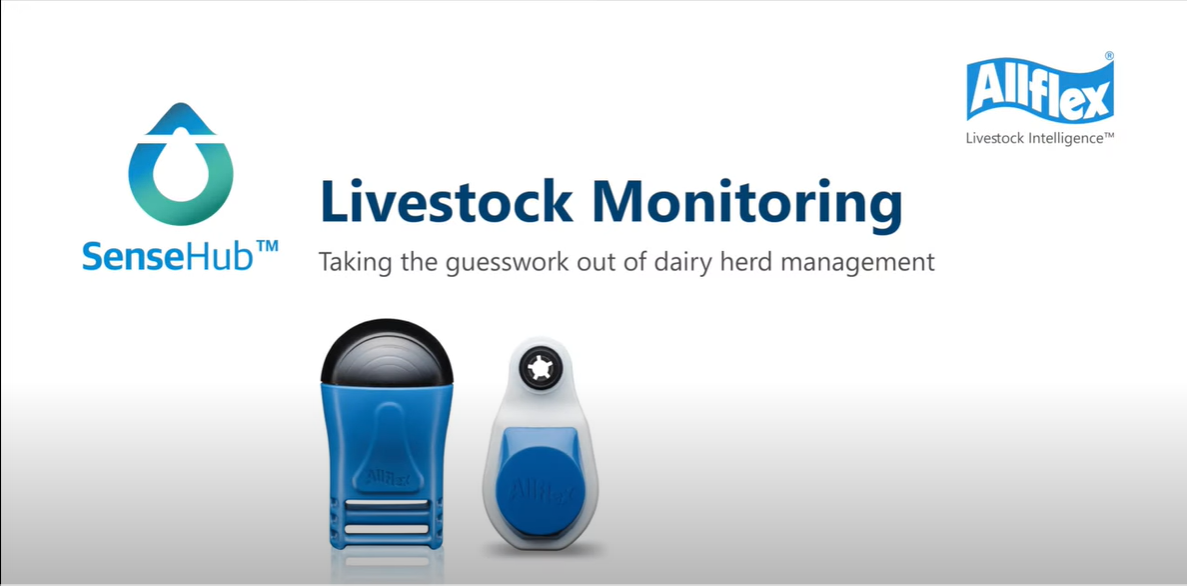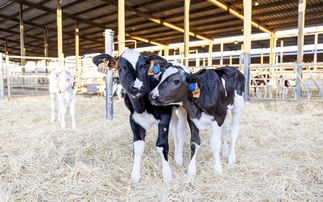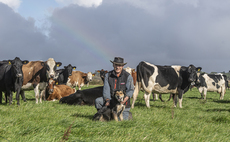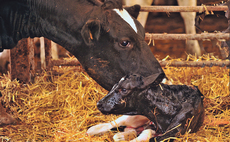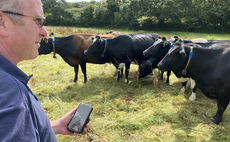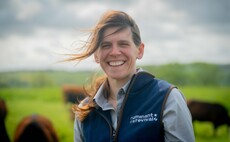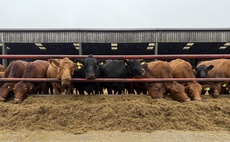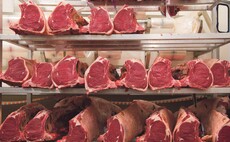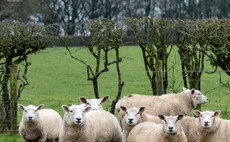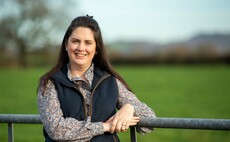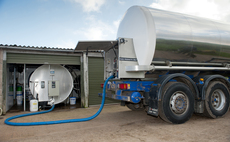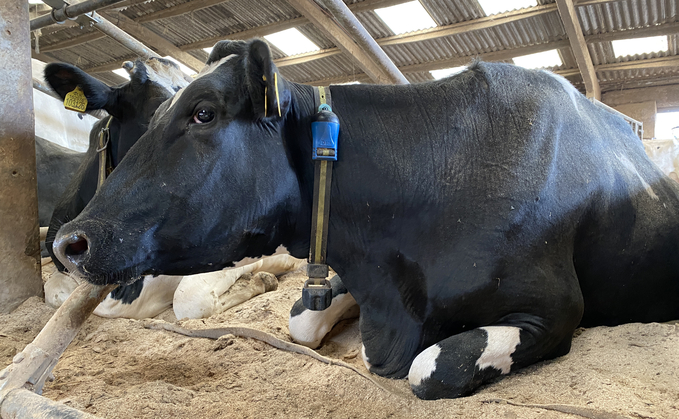
To remain healthy and to perform to the best of their ability, dairy cows need to maintain a body temperature of 38.8degC (+/-0.5degC).
Any factors which cause this temperature to rise - for example infection, air temperature, relative humidity and radiant temperature - can result in, among other symptoms, depressed feed intakes, lower milk yields, reduced fertility and an increased risk of mastitis.
Knowing when the mercury has risen to a potentially harmful level (typically above 25degC) is therefore of utmost importance, especially as heat stress can occur at any time of the year: housed cattle remain susceptible in winter when poor ventilation in a well-stocked cow shed can cause the ambient temperature to rise to a critical level.
Keeping an eye on the weather forecast and measuring the temperature inside cattle sheds is a good starting point, but neither take into account the impact other factors, such as relative humidity or airflow, might have.
An additional way of recognising when dairy cows are starting to feel the heat is to monitor their breathing pattern and respiration rate.
This can be done by using a herd monitoring system such as SenseHub® which, in addition to monitoring rumination patterns and activity levels of dairy cattle to assess their general well-being and to identify the tell-tale signs of heat events, can also be used to determine if groups of cows are breathing heavily.
AT RISK In doing so, SenseHub can be used to assess if and when a group of animals is experiencing heat stress or are at risk.
Armed with this knowledge, the necessary steps can be taken to protect the herd and reduce the impact of heat stress-related conditions, such as depressed feed intake, lower milk yields or reduced reproduction performance.
Knowing which group or groups of cows require additional attention during hot weather enables resources to be targeted to those groups most in need of help, ensuring productivity is maintained and giving time back to herd managers, their staff and their families.
��
This article is sponsored by MSD Sense Hub
